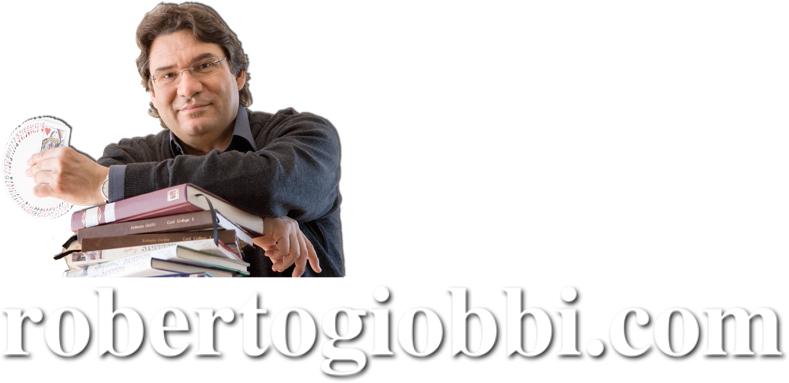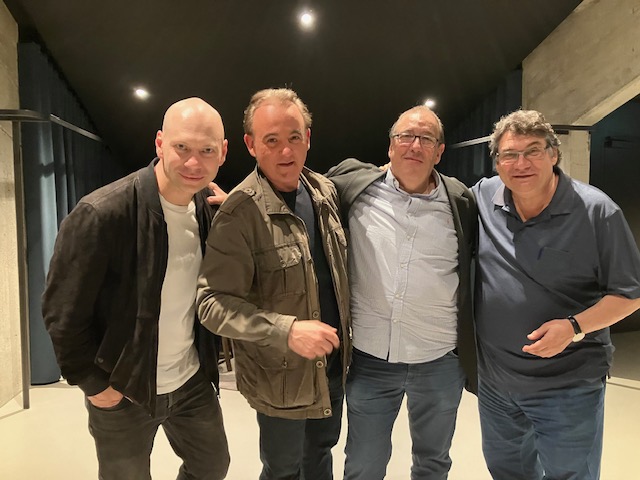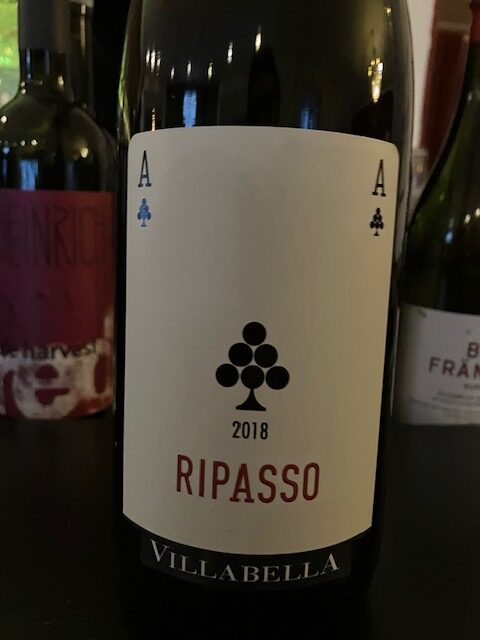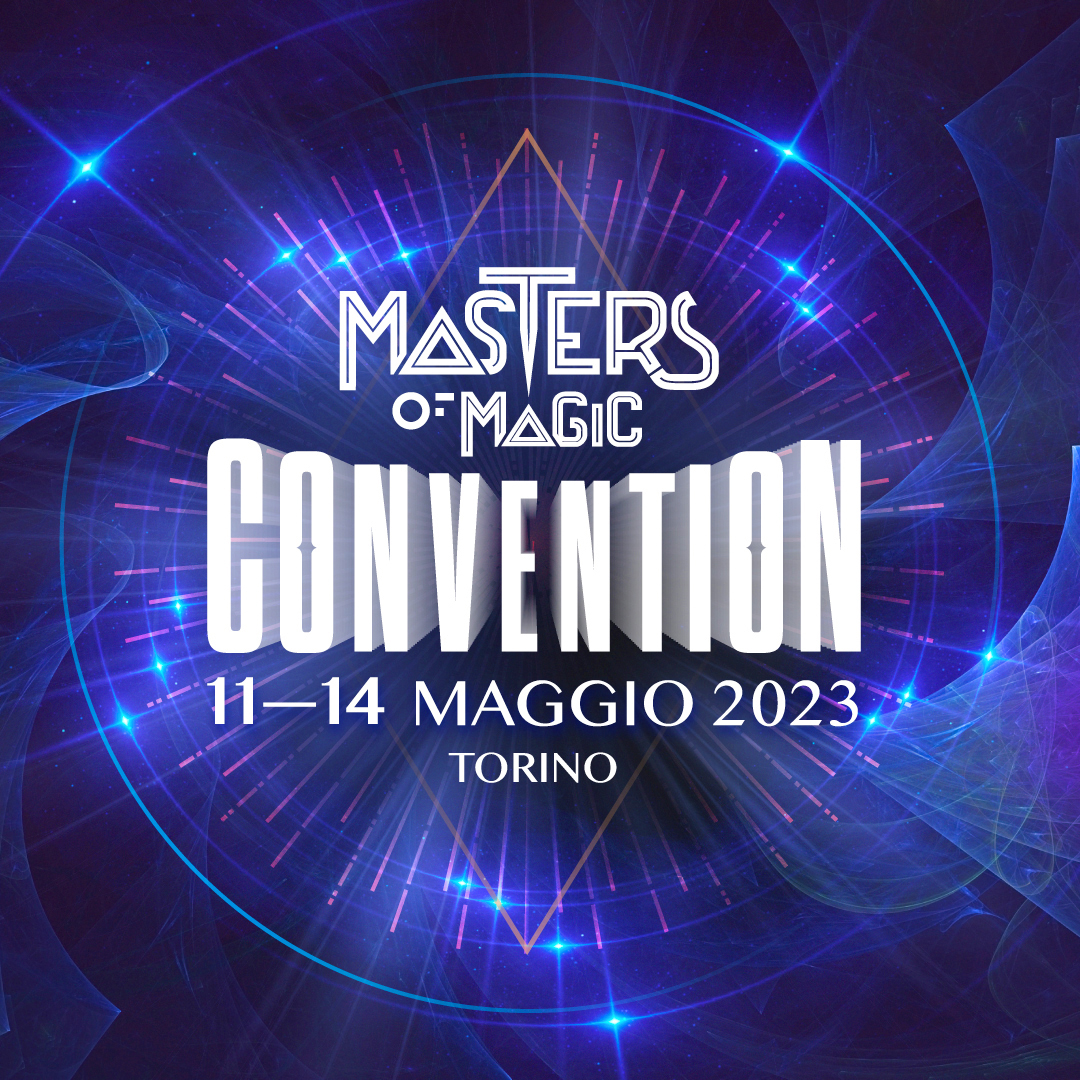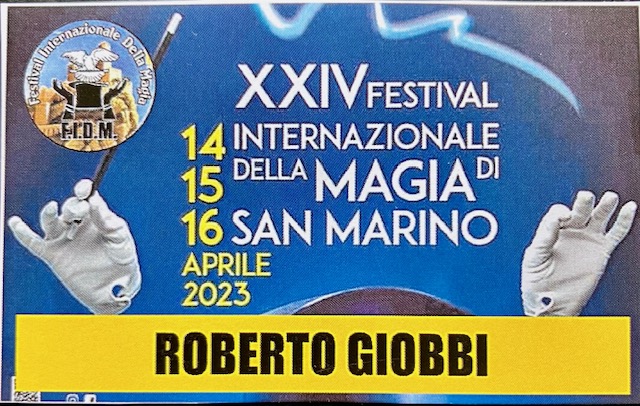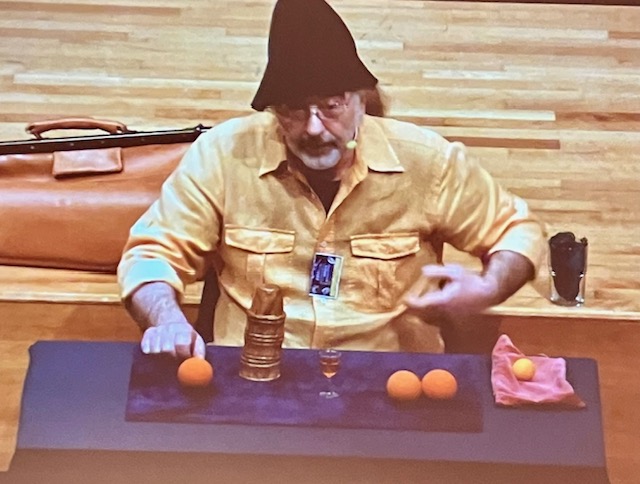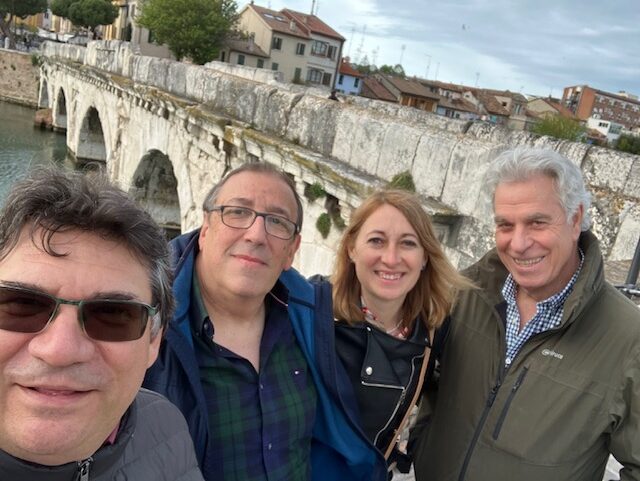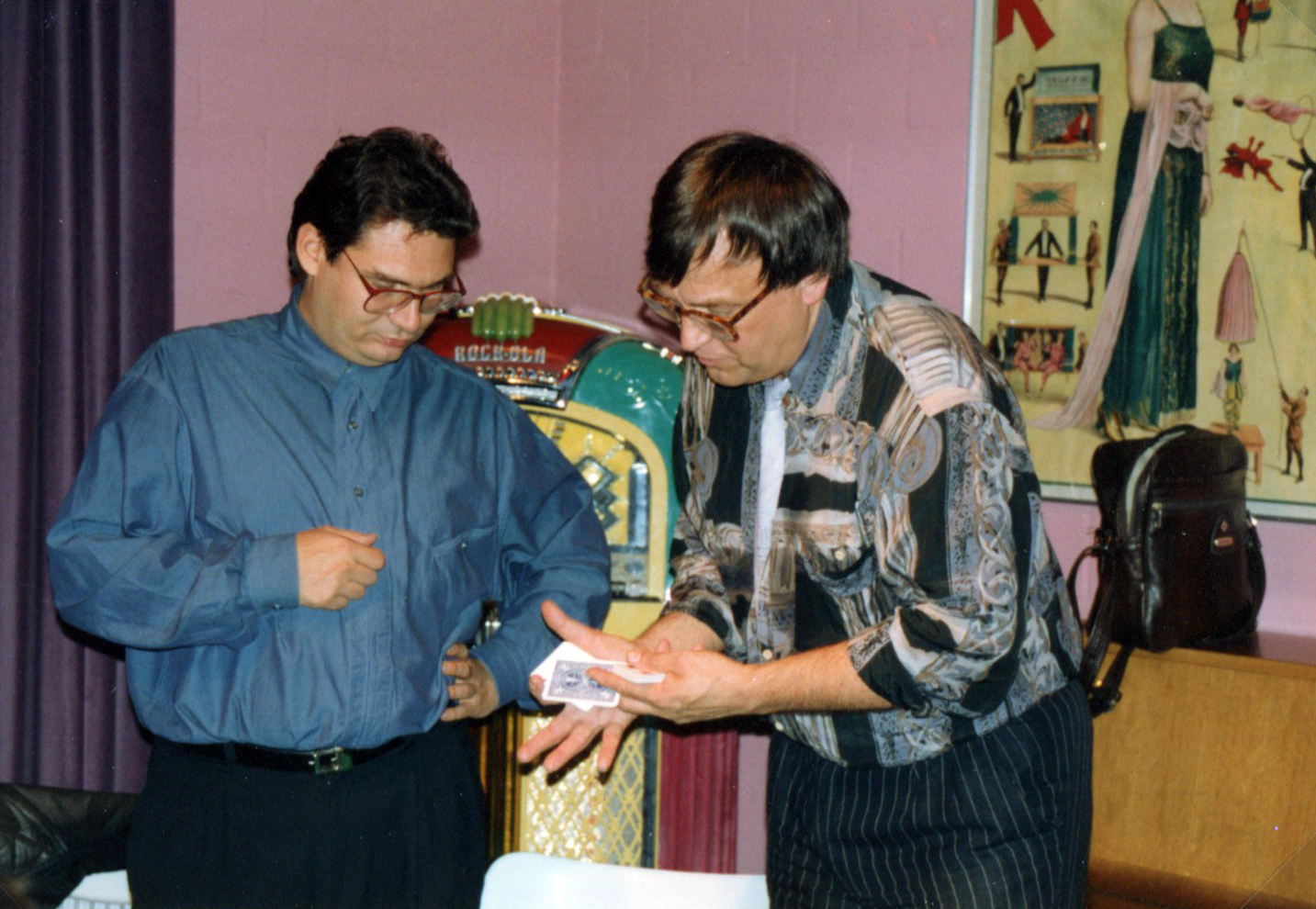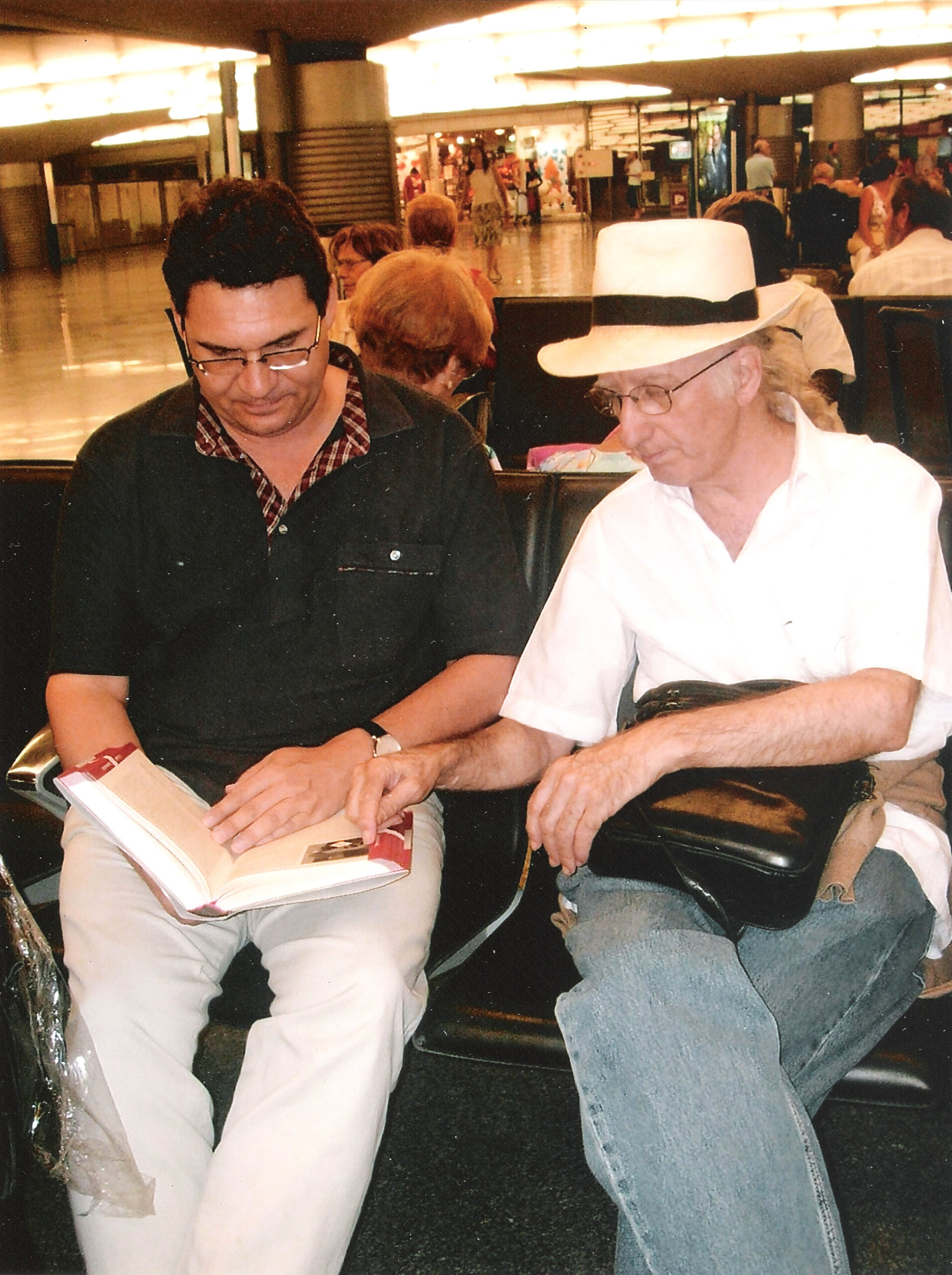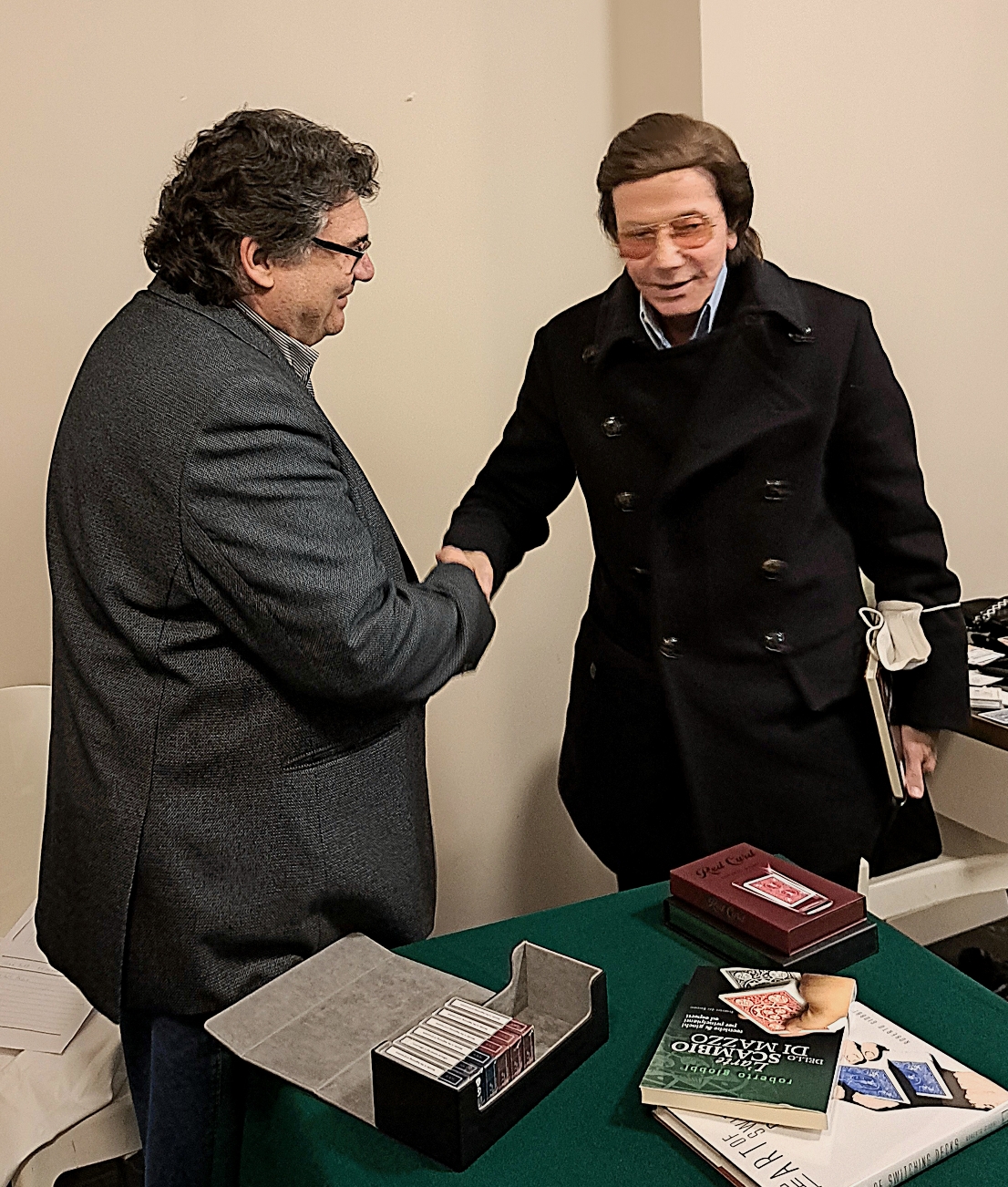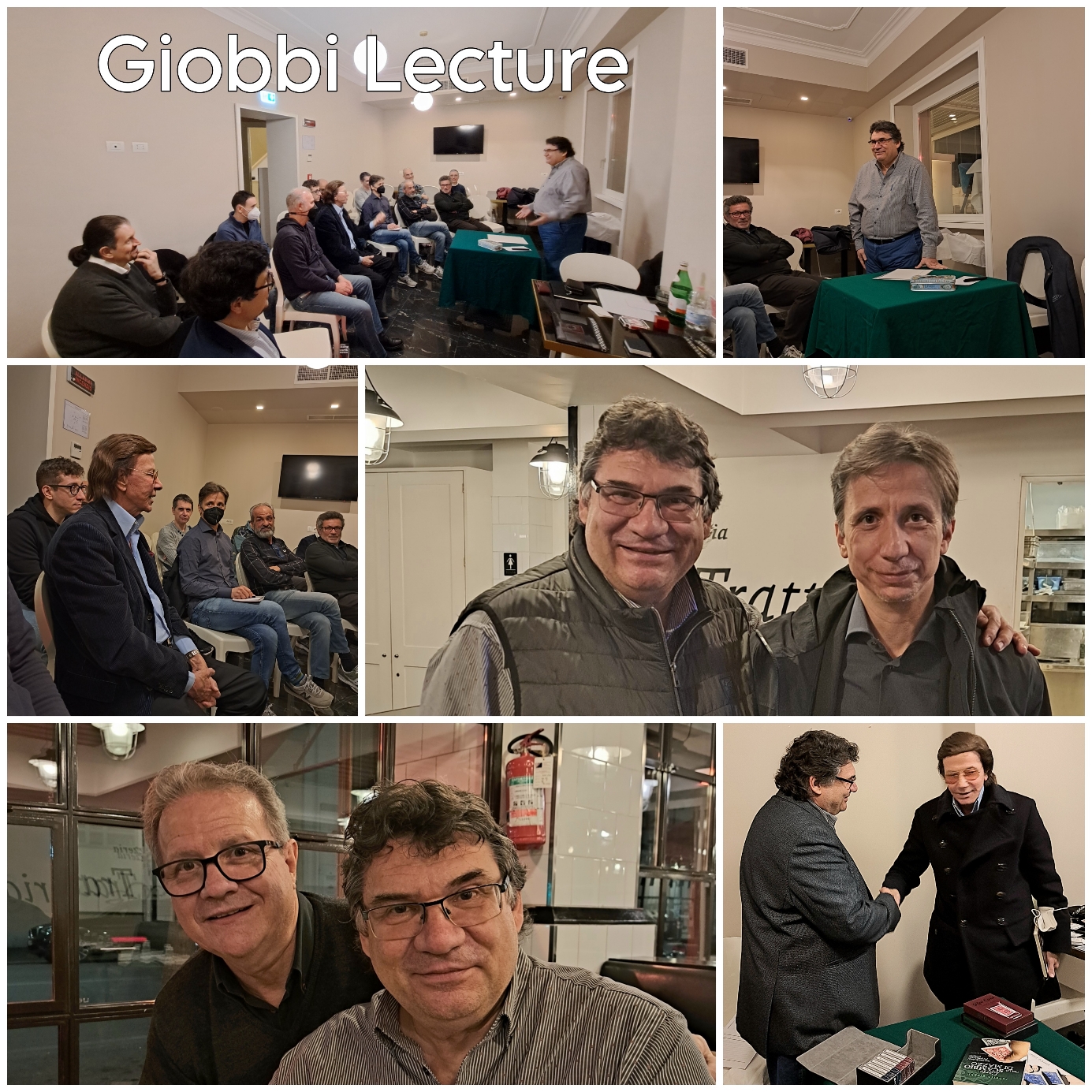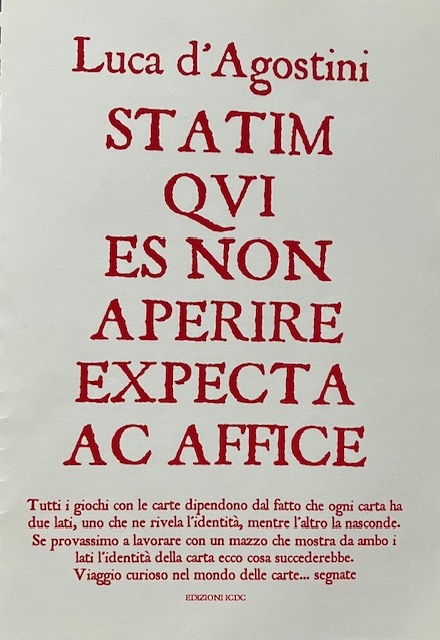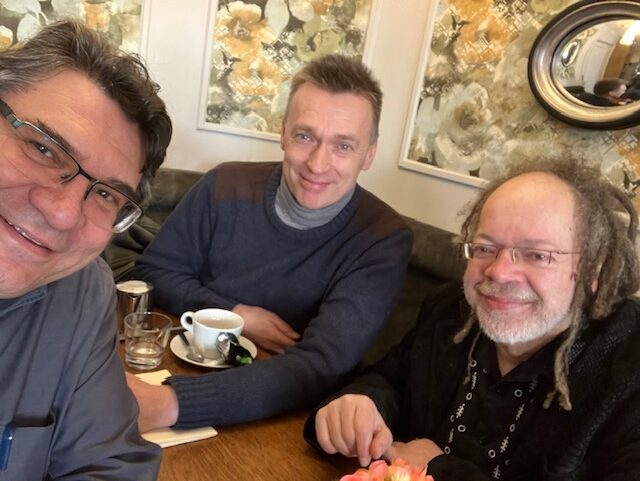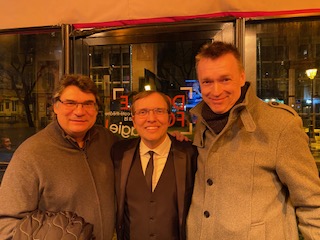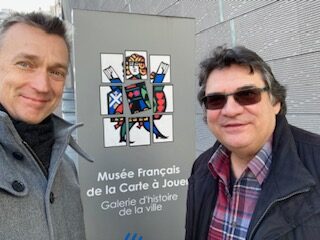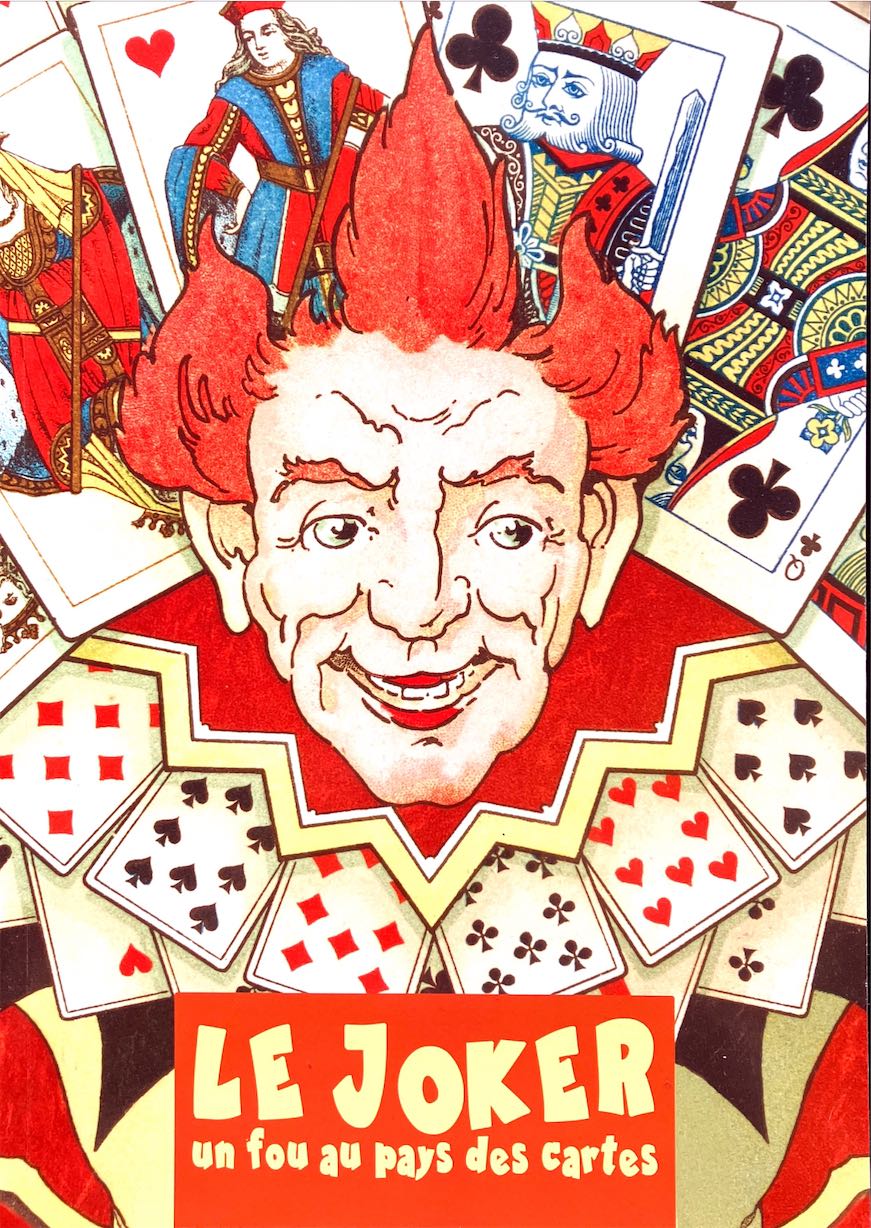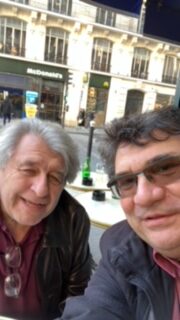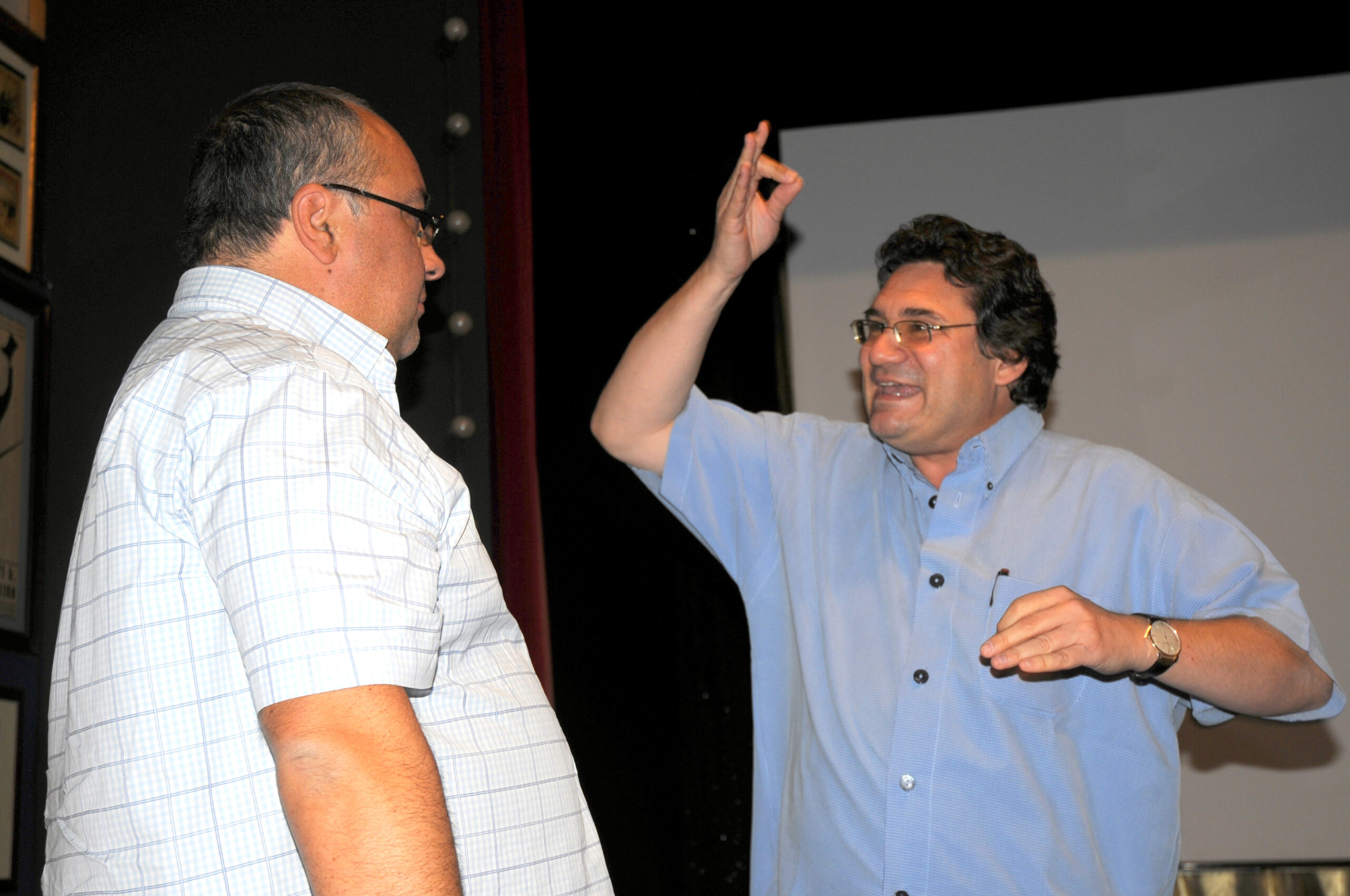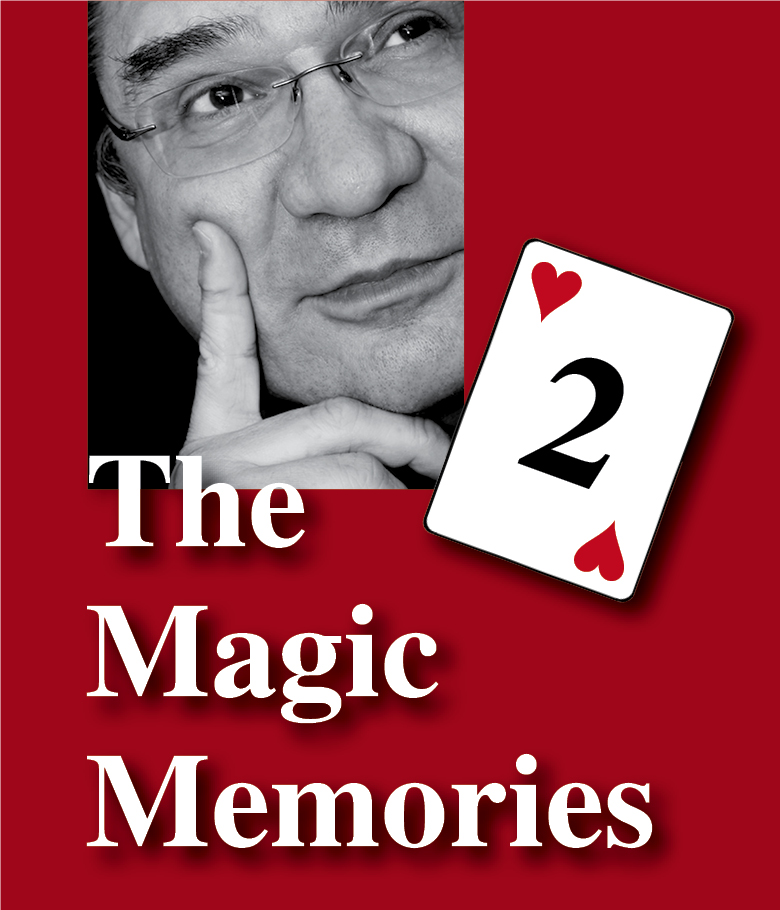
Hello everyone!
Today’s topics are: Thank you for birthday; Anneaux Magiques Morges – Lectures – Show & Competition; Paper Cuttings by Barbara
These are The Magic Memories 125, gone online Sunday, May 21st, 2023, at 0:07h sharp.
All The Magic Memories from 2021, 2022, including the Magic Advent Calendar from 2020, can be found HERE.
Thank you!
First and foremost, I would like to thank all those who have sent in good wishes for my birthday of May 1st. Please know that they are all read and very much appreciated, but forgive me for not answering them: Although I am on Facebook, Instagram, Twitter, Messenger and what have you, I forget to look at them… my webmaster Andrea Pancotti set this all up for me, with lots of goodwill, but I still have to understand its use… I promise I will one day…
Meanwhile, if you want to contact me with a good probability of me answering, send an email over the webshop contact form, or email me directly if you have my mail 🙂
At least in this point I’m am very much like Dai Vernon, who started many of his hand-written letters thusly: “Dear friend, please forgive me for being such a bad correspondent…”
Anneaux Magiques Morges
On May 6th, 2023, I attended the “Anneaux Magiques”, French for “Magic Rings”, a one-day affair whose highlight is the big evening show discussed below.
The event takes place every two years in the Theatre Beausobre in Morges, in the French speaking part of Switzerland, a town on the border of picturesque Lac Leman (Lake Geneva). See the photos below, and imagine how the place looks on a sunny day 🙂


Comments on Lecture
To make it a full magic day, the organizers book three lecturers for the day. This year they were Cyril Harvey (F), Pierric (CH) and Roberto Giobbi (CH).
This was a good mix, as Cyrill talked about manipulation and various original gimmicks of his invention, Pierric on how to bring magic to the theatre, and vice-versa, and I did my talk on Stand-up Card Magic, which I had to do in less than 75 minutes, a bit tight for my type of lecture that not only discusses tricks, techniques and presentation, but also polyvalent concepts.
The reason I’m mentioning it here, is that although the room was adequate to receive the ca. 60 attendants, the set-up wasn’t. So, what to do in such situations that can occur anytime you are booked to perform?
In the photo below you can see Cyril lecturing. He had to step down from the stage (on the left) they had set up and which had the windows on the back with the daylight (sun!) shining through and dazzling the audience; from the three sides which would have worked, they picked the fourth side, the worst of all, to set up the stage and the sound equipment. It is hard to believe how this can be. Both Cyrill and Pierric suffered from this condition, but above all their audience.
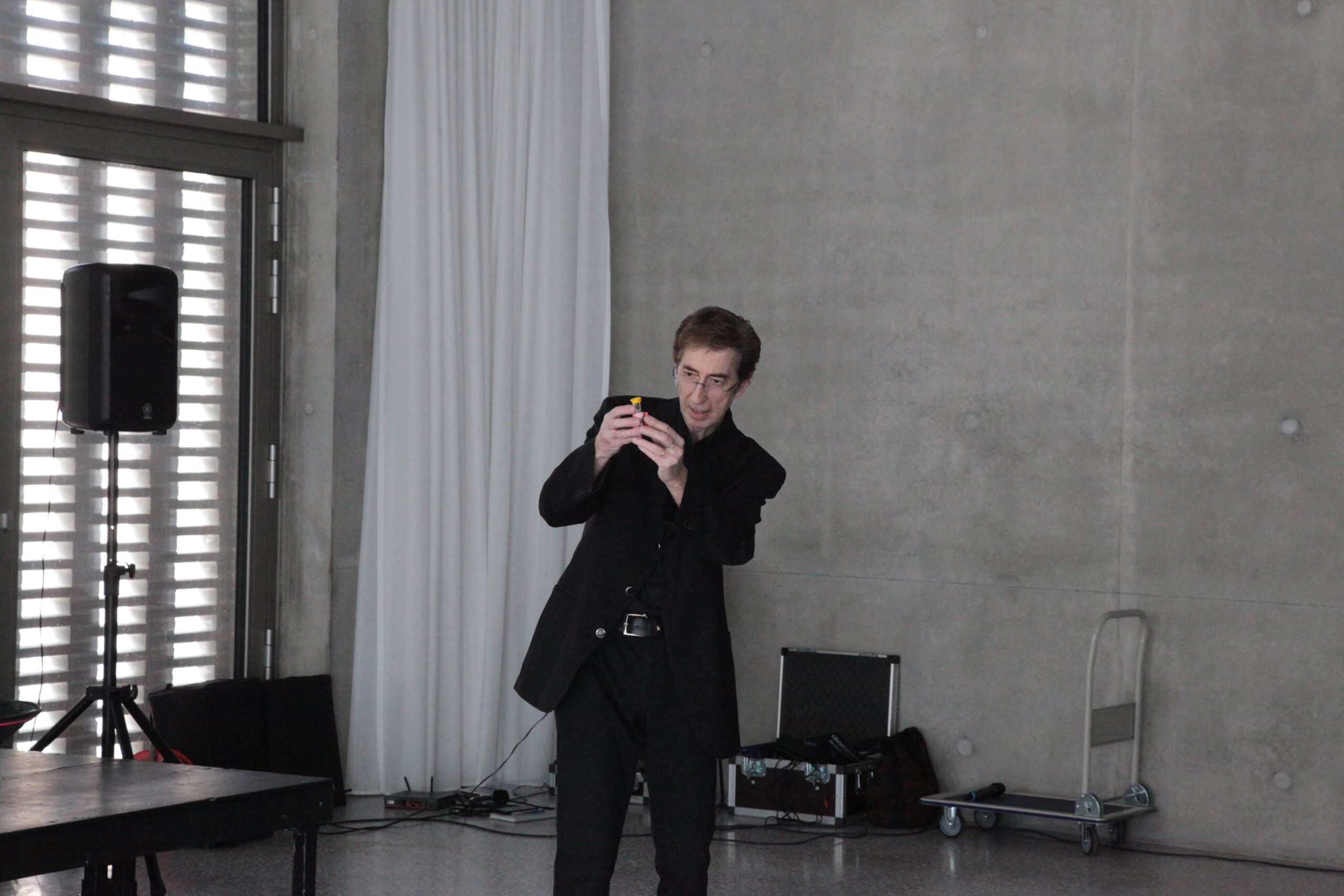
Fortunately, they had put my lecture last, at 4:30 pm, so when I entered the room I asked four strong men to assist me, and in 15 minutes we re-set the situation, so that my stage was now against a uniform wall with the light coming from the front. The photo below (me performing “Card Call” from Stand-up Card Magic) is not very good, but you can see how the situation has been considerably improved.

Obviously, the best option is to carry your own stage, backdrops, sound equipment etc., but in some cases this is neither desirable nor practical, and you have to rely on the people who book you. However, when you see that the situation is inadequate, have the courage to speak up, and ask them to change the situation. Very often this can be done with reasonable effort.
If you are interested in the details of such things related to performing in stand-up situations, read the first two chapters of my book Stand-up Card Magic and/or get the DVD of my first Penguin Lecture. As far as I know, these are the only publications that discuss step by step all those things, as well as the card techniques to be adapted. The conditions under which we are performing are as important as the performance itself, and it should be taken care of by talking to the event manager before the show, ideally days before…
Show & Competition
The raison d’être of the Anneaux Magiques is the evening show that takes place in a truly magnificent theatre that can take up to 850 seats, and according to the organizers was sold out.

The show is split into two parts: The first part is a competition by invitation only, the second part (to give time to the judges to discuss) another show, and it is hard to say which part was better, as they both starred high-caliber acts.
The idea of the competition is to choose and invite five acts presented by an MC. The acts get all expenses paid for and have the opportunity to win one of the four prestigious awards, three given by an elect jury of combined magicians and laymen, and then one award decided upon by the audience. The latter is an interesting idea and simply works by giving each spectator when they enter the theatre a chip, which in the break they then drop in one of five boxes, each bearing the name of the competitor. Simple and efficient, provided all is handled by an honest staff, and what could be more honest in an impartial and neutral country than Switzerland 🙂
Pierric, the winner of the Close-up Grand Prix in Rimini 2015, was a great MC, with fresh and original presentations. He introduced the various acts, which all had their merit, but were also very different genre-wise from each other, so I did not envy the jury. How can you compare a comedy illusion act with a manipulation act?
Obviously, the most “flashy” act won, Man Ho from Korea, who also was the audience’s favorite.
As always, all of this is debatable, also the utterance of a magician jury member, who told the non–magicians that an act needs to be “commercial”… However, in order to be recognized as an art form, we should keep in mind that one of the factors that make something art, is that it certainly doesn’t need to be commercial, although it can become so at some point, but that’s another conversation…
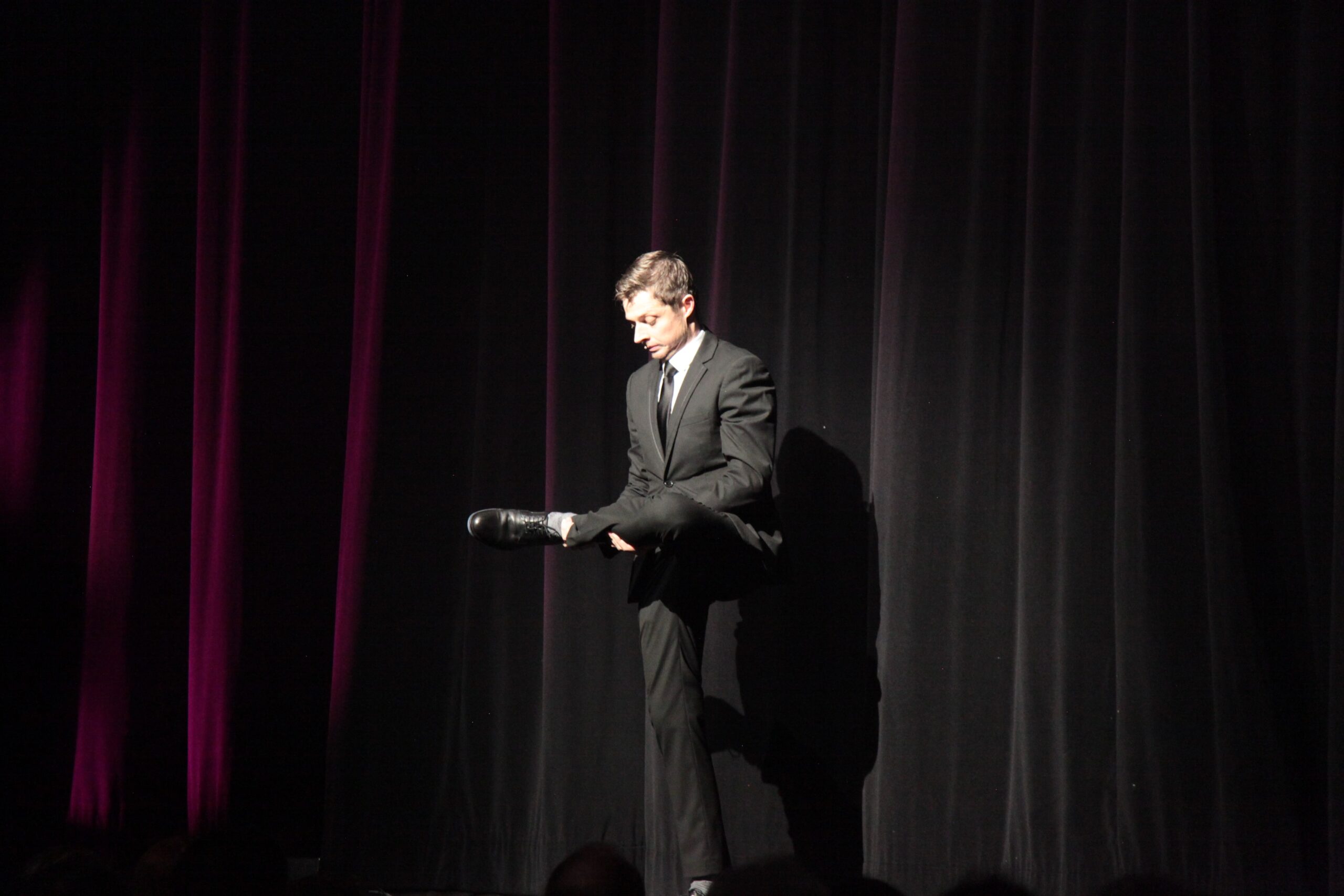
The second part of the evening was moderated by another FISM world champion, Norbert Ferré, who, like a good wines, has reached a point of high artistic maturity – his pieces would deserve a longer discussion.
He introduced Laurent Piron, yet another FISM winner, who did what he did very well; you may like it or not, but it was very well thought out and performed.
Mortenn Christiansen (again a FISM champion), whom I had seen and reviewed in January at The Session, in London, did his act in French, well, some of it, and was successful, although by far not as good as in London, where he could perform in his native (well, almost) language English (he’s Danish…).
Finally, Artem Schukin – you got it by now, also a FISM winner, like all the others – is, to me, in a class by himself, just beautiful. This is my kind of magic, I admit, formal minimalism, with maximum artistic content and expression.
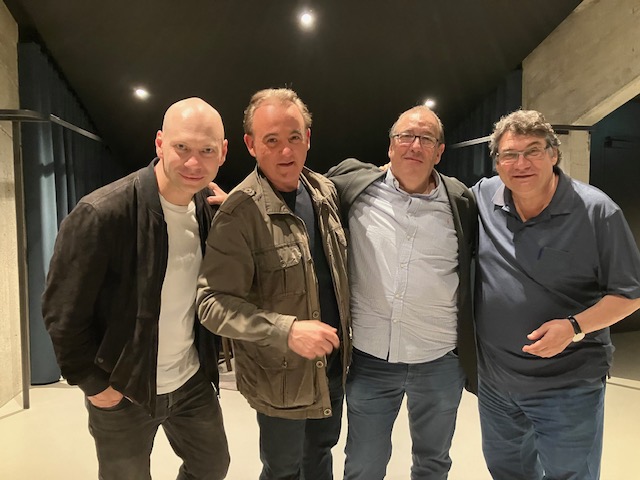
Briefly: The evening event was truly superb, and Christophe Crovara and his team receive my sincerest thanks and compliments. The next Anneaux Magiques will take place in 2025, and if you have a chance, you should attend.
The winners of 2023 were:
- Les Anneaux Magiques d’Or to Man Ho (Korea)
- Les Anneaux Magiques d’Argent to Francesco Della Bona (Italy)
- Les Anneaux Magiques de Bronze to Ramo & Alegria (Spain)
- Audience Award to Man Ho (Korea)

Needless to say that the event brought together some interesting people from magic, and similar to the adventures of Asterix and Obelix, it ended in a gastronomical feast:

Paper Cuttings by Barbara
Barbara not only does layouts, pottery and orimotos, she’s now trying her hand at paper cutting.
Below is one of her first attempts at reproducing the logo from the Card College books – you must admit that she’s quite talented in this, too!
If you have any subject you would like to be interpreted as a paper cut or silhouette, send in your request via the contact form the webshop, and we’ll tell you if it can be done and what it would cost (ca. $ 150 – 350 depending on complexity). Every piece is of course a unique piece.

I’m just back from watching Michel Gammenthaler’s show at a small theatre im Basel, a “theatre de poche” a “pocket theatre” as the French would say, meaning an intimate setting that takes ca. 150 spectators. The show was very good and enthusiastically received by the audience, as Michel is of course a consummate professional stand-up comedian and magician. However, it cut into my time, and I’ll have to postpone my report about the rest of my Italian trip to the The Magic Memories 126 – see you then.
Wish you all an excellent week!
Roberto Giobbi
